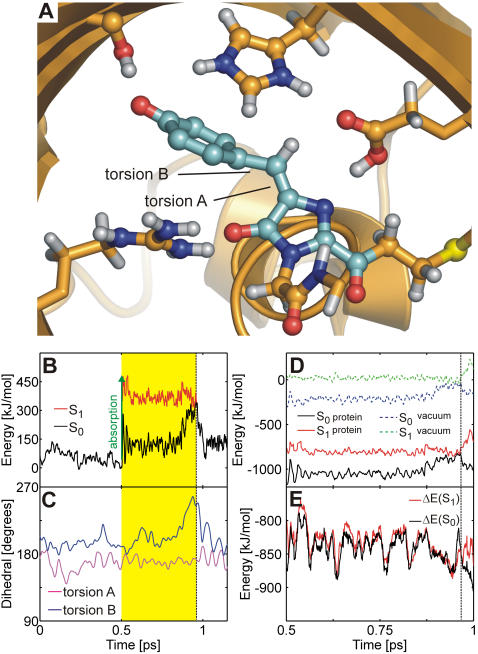Figure 5. Ultra-fast internal conversion mechanism of the trans anion.
(A) Snapshot at the conical intersection: the chromophore is twisted around torsion B, yet the hydrogen bonded network in the chromophore cavity remains intact. (B) Ground (S0, black) and excited (S1, red) potential energy traces along the QM/MM molecular dynamics trajectory. Photon absorption (green arrow) brings the chromophore into S1 (yellow area) until it decays back to S0 at the conical intersection seam (dashed line). (C) Time-evolution of the torsion angles A (magenta) and B (blue). (D) S0 and S1 energies along a representative excited state trajectory of Atrans. The protein environment strongly stabilizes S0 and S1 (black and red lines, respectively) relative to the gas phase (dashed blue and green lines, respectively). The energy offset is 1.9686×106 kJ/mol. (E) Energy difference ΔE between the protein and the gas phase for S0 (black) and S1 (red).

